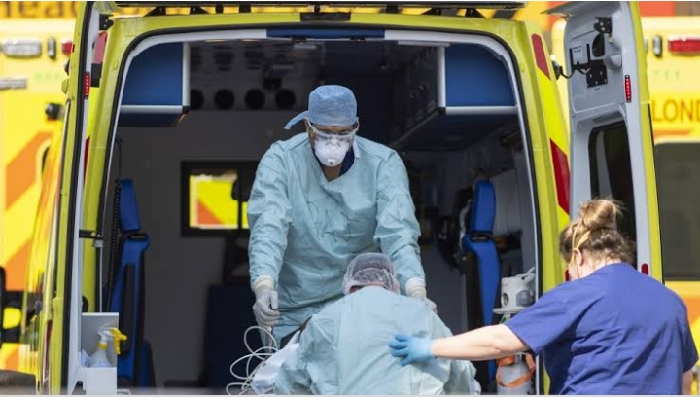Moscow, Jul 13: Russia has become the first nation to complete clinical trials of a COVID-19 vaccine on humans. Chief researcher Elena Smolyarchuk, who heads the Center for Clinical Research on Medications at Sechenov University, told Russian news agency TASS on Sunday that the human trials for the vaccine have been completed at the university and the volunteers will be discharged soon.
"The research has been completed and it proved that the vaccine is safe. The volunteers will be discharged on July 15 and July 20," Smolyarchuk was quoted as saying in the report.
Though the results have been favourable with respect to the medication’s effectiveness, no further information was provided on when this vaccine would enter commercial production stage.
Russia had allowed clinical trials of two forms of a potential COVID-19 vaccine developed by the Gamaleya National Research Center for Epidemiology and Microbiology on June 18.
The first vaccine, in the form of a solution for intramuscular administration, was carried out at the Burdenko Military Hospital.
Another vaccine, in the form of a powder for the preparation of a solution for intramuscular administration, was carried out at Sechenov First Moscow State Medical University.
The first stage of research on the vaccine at Sechenov University involved a group of 18 volunteers and the second group involved 20 volunteers.
After vaccination, all volunteers were expected to remain in isolation in a hospital for 28 days.
Earlier, results of the COVID-19 vaccine tests performed on a group of volunteers in Russia showed that they were developing immunity to the coronavirus.
"The data obtained by the Gamalei National Research Center for Epidemiology and Microbiology, proves that volunteers of the first and second groups are forming an immune response after injections of the vaccine against the coronavirus," according to an earlier statement from the Russian Defense Ministry.
Russia has reported 719,449 cases and 11,188 deaths to date.
There are at least 21 vaccines currently under key trials, according to the World Health Organisation (WHO).
The overall number of global COVID-19 cases crossed 12.9 million, while the deaths have increased to more than 5,69,000, according to Johns Hopkins University in the US.
As of Monday morning, the total number of cases stood at 1,29,10,357, while the fatalities rose to 5,69,128.
The US accounted for the world's highest number of infections at over 33 lakh. Brazil came in the second place with over 18 lakh infections. India is third worst affected with over 8.7 lakh people reported to have COVID-19.






Comments
Add new comment